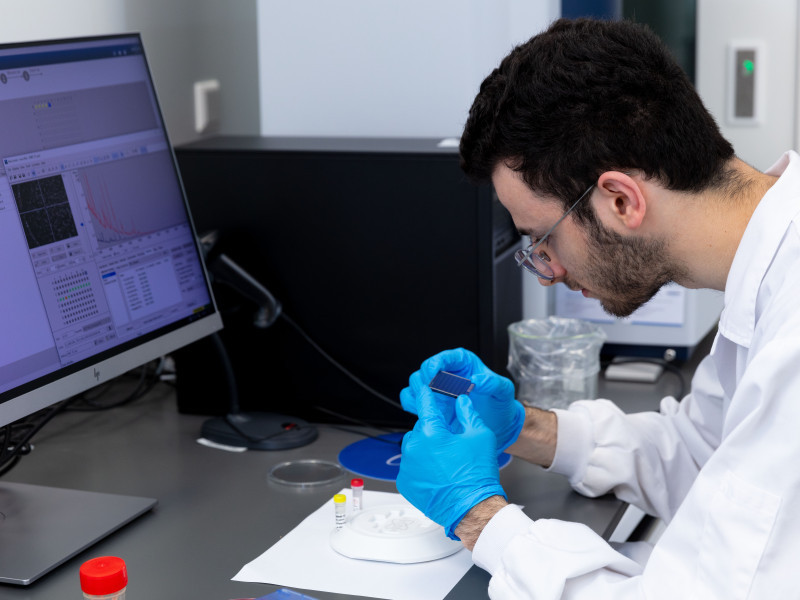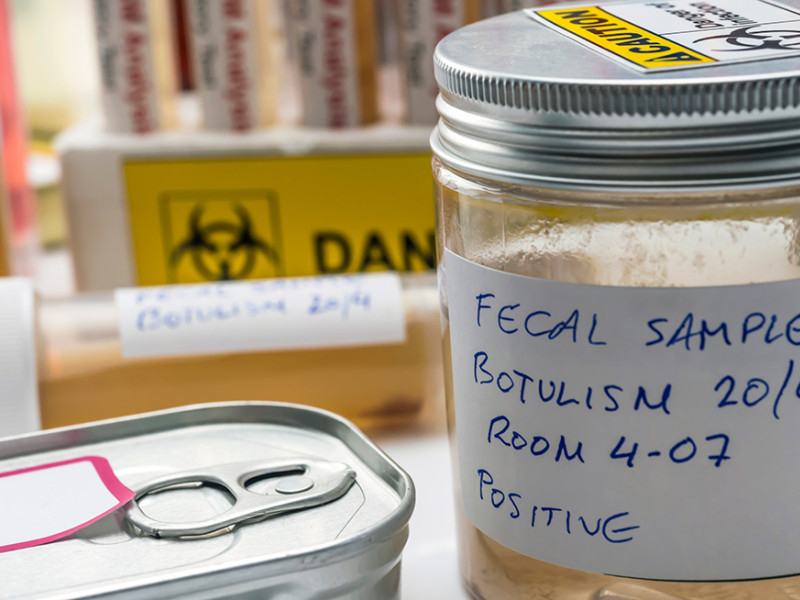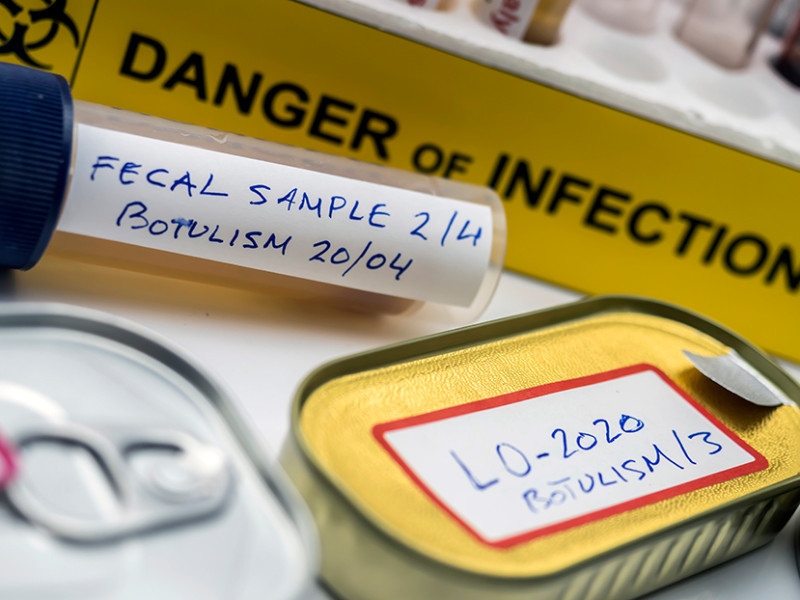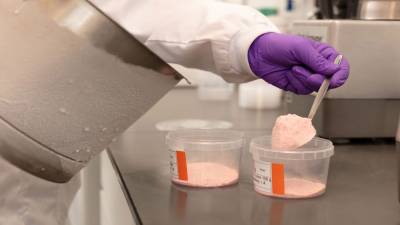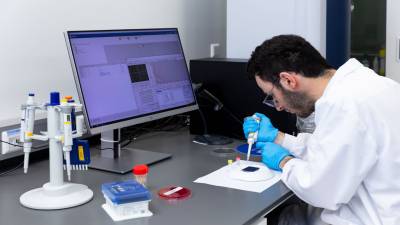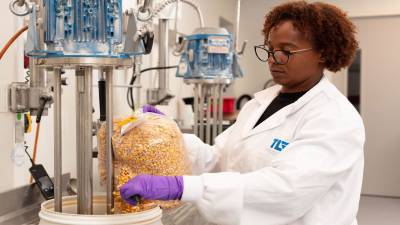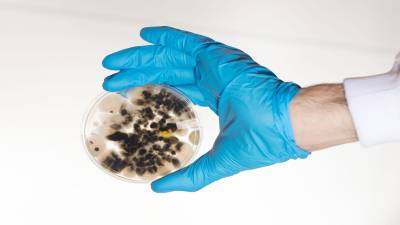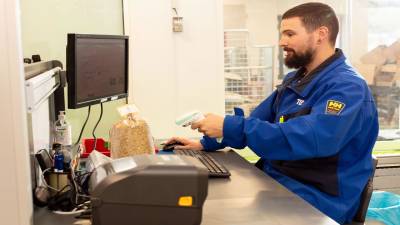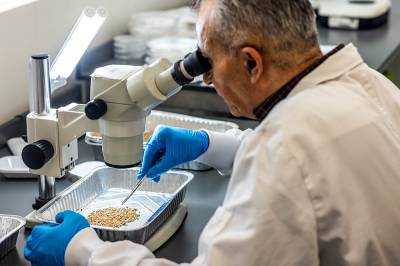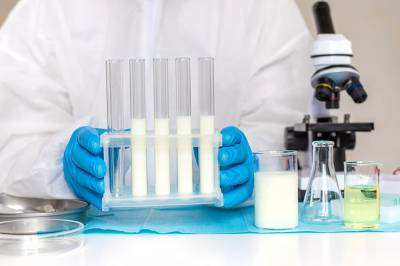Botulism in Food Products: Risk, Detection and Prevention
What is botulism?
Botulism is a severe form of food poisoning caused by neurotoxins produced by Clostridium botulinum. This anaerobic bacterium forms spores that can survive under adverse conditions. In certain food environments, these spores can germinate and produce toxins that cause paralysis when consumed.
High-Risk Product Categories
C. botulinum toxins are among the most potent known in nature. Foods with elevated risk include:
- Canned products with pH > 4.6 and low oxygen tension
- Vacuum- or MAP-packaged foods with protein-rich matrices
- Fermented or smoked fish products lacking sufficient preservation
- Homemade or artisanal foods without controlled heat treatment
Spores can survive standard pasteurisation and become active in moist, anaerobic, protein-rich environments.
Detection: Genetic vs. Toxin Analysis
TLR detects C. botulinum via real-time PCR, targeting neurotoxin genes A, B, E and F. This method is accredited and included in scope under TL762.50.
Note: this test detects the toxin gene, not the actual toxin.
Preventive Measures
Prevention is essential, as C. botulinum provides few observable signs prior to consumption. Effective measures include:
- pH control: A pH below 4.6 prevents growth
- Thermal sterilisation: 121 °C for at least 3 minutes to inactivate spores
- Refrigeration and shelf-life management: Especially for vacuum-packed items
- Packaging technology: Use of oxygen-permeable materials where needed
- Preservatives: Such as nitrite in processed meats or vinegar in fish products
Regulations and Standards
Although botulism is rare, Regulation (EC) No. 178/2002 requires general food safety. C. botulinum is classified as a Category A disease in the EU and must be reported in case of incidents. Risk products fall under indirect requirements via:
- Regulation (EC) No. 2073/2005: Microbiological criteria
- HACCP and GHP: Control of spores and toxin formation through critical control points
Conclusion
Botulism demands a risk-based approach: by focusing on prevention and PCR screening at the gene level, food safety can be reliably safeguarded. Accreditation under ISO 17025 ensures that TLR analyses meet the highest quality standards.
Meld je aan voor de laatste tips en adviezen dat je gelijk in de praktijk kunt brengen.


